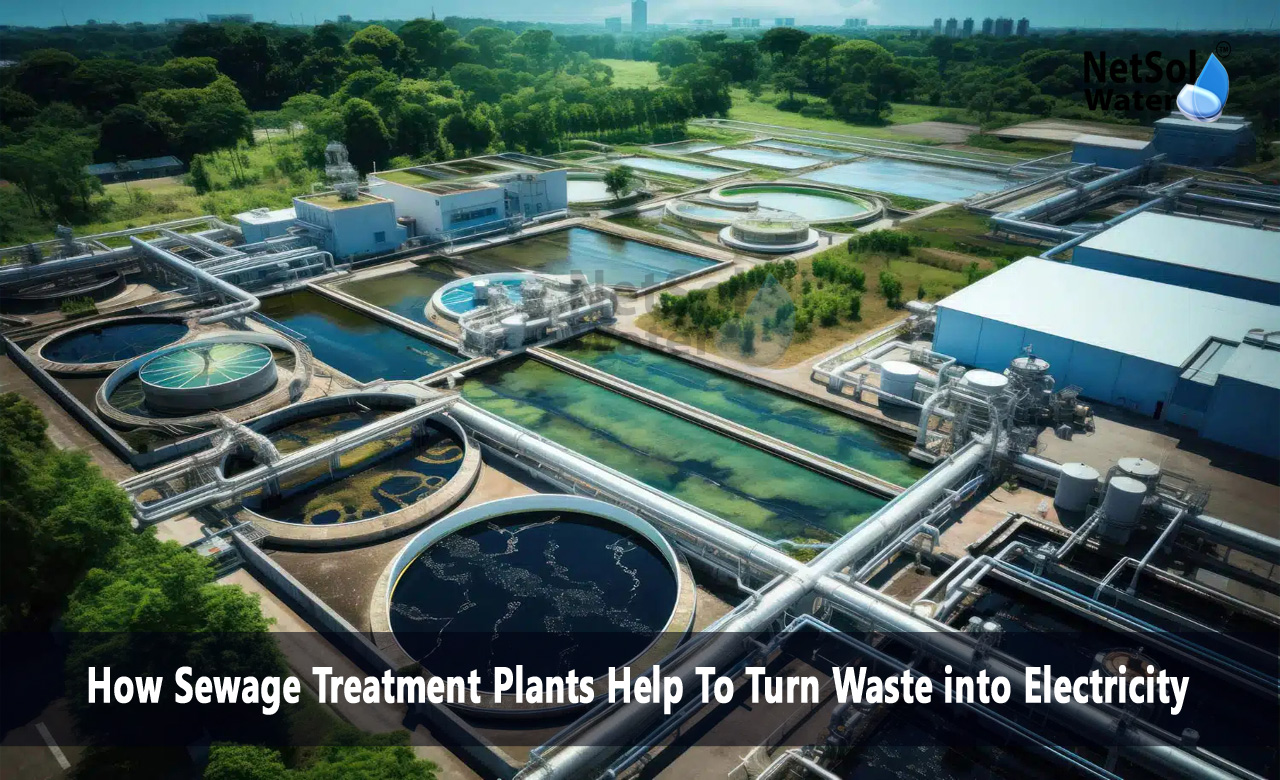How STP Plants Help To Turn Waste into Electricity?
Rising energy demands globally, and growing concern about environmental sustainability have called for the most innovative means of waste management and energy production. Sewage Treatment Plants are such a revolution, transforming the face of the waste management by turning it into electricity. While tackling the challenge of wastewater management, they also take on a role in renewable energy production. We will explore how Sewage Treatment Plants help in turning waste into electricity, the processes involved, and their impact on sustainability.
Introduction to Energy from Waste
Every day, households, industries, and municipalities produce a large quantity of wastewater. This wastewater has organic materials which, when treated, yield biogas. Biogas is a source of renewable energy. Modern Sewage Treatment Plants take advantage of such technologies to capture this energy by solving two very important problems together: waste management and energy production.
Now, let us explore the process of converting waste into electricity and understand its relevance in today's world.
How Waste is Converted into Electricity?
In order to understand how a Sewage Treatment Plant works at converting waste into power, it will be helpful in breaking the operation into the stage as follows.
1. Intake and primary treatment
Waste water is intaken from source and transferred for STP intake. During intake, solid mass and heavy sludge settles downward, and it floats on surface as light product.
2. Anaerobic Digestion
The sludge is subjected to anaerobic digestion, during which bacteria consume the organic matters in the sludge in a no-oxygen environment. As a result, biogas is produced primarily consisting of methane and carbon dioxide.
3. Biogas Capturing and Purification
After capturing the biogas, it is cleaned to remove contaminants. The purified biogas may be used immediately as fuel, or it is converted into electricity.
4. Electricity Generation
Electricity can be generated by turbines or generators using the purified biogas. Either the plant or the local power system can use this electricity.
Advantages of Waste Electricity Generation
1. Renewable Source of Energy
STPs play a role in renewable energy generation as waste is converted into biogas, which reduces the use of fossil fuels.
2. Minimization of Environmental Pollution
Proper treatment and energy recovery decrease the emission of greenhouse gases, while ensuring that untreated waste does not reach natural water bodies.
3. Cost Savings
STPs produce electricity, thereby reducing operational costs, which means they are cost-effective in the long term.
4. Circular Economy
This process represents the principles of a circular economy, where waste is not thrown away but reused as a resource.
Real-World Applications
This innovative approach is being adopted by many cities across the world. For example:
· Urban Waste Management: Metropolitan cities are utilizing STPs for their power requirements along with handling huge volumes of wastewater.
· Industrial Effluents: Industrial units are installing STPs for treating their effluent and for their in-house electricity generation requirement.
· Community Initiatives: Local communities are also adopting localized sewage-to-energy systems to become more self-sufficient.
Challenges and Solutions
Even though this technology is full of promise, there are several issues that make its implementation challenging:
1. Initial Installation Cost
Developing advanced STPs involves considerable investment. Subsidies by the government and public-private partnerships may reduce such expenses.
2. Technical Knowledge
Operating such plants requires specific expertise. Proper training and recruiting expert staff may be able to resolve this issue.
3. Public Awareness
Many people are unaware of the benefits of such systems. Educating the masses to adopt such a system will promote communities to adopt such a system.
Conclusion
Sewage Treatment Plants are more than just facilities for waste management. They are integral to the global quest for renewable energy. In their efficient conversion of organic waste into electricity, they address environmental challenges, reduce energy costs, and promote sustainability. Investment in such initiatives is key to a cleaner and greener future.
The ability of sewage treatment plants to convert waste into power highlights both their technological importance and their essential function in building a sustainable future.
Do you need an advice or assistance on selecting the best water and waste water treatment unit? We have solutions for all your problems!
Let us know your problem, our experts will make sure that it goes away.
For an assistance or related query,
Call on +91-965-060-8473 Or write us at enquiry@netsolwater.com



